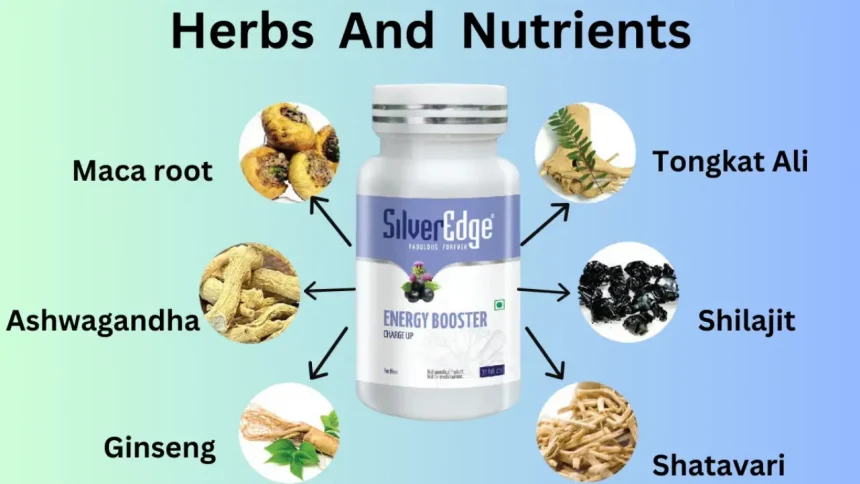“Instant energy” refers to a quick and immediate source of energy that can be rapidly utilized by the body or a system. In biological terms, it often relates to foods or drinks that provide a fast boost in energy, such as sugary snacks or caffeinated beverages. In a broader context, it can also refer to energy solutions that deliver power on demand, such as batteries or energy storage systems.
Overall, the key characteristic of instant energy is its ability to be accessed and utilized quickly, providing an immediate effect.
6 ways to give instant energy
eat seasonal fruits and vegetable
unprocessed food
lean protein in diet
have non-caffeinated
grain and carbs to boost carbohydrate
eat seeds and nuts for instant energy
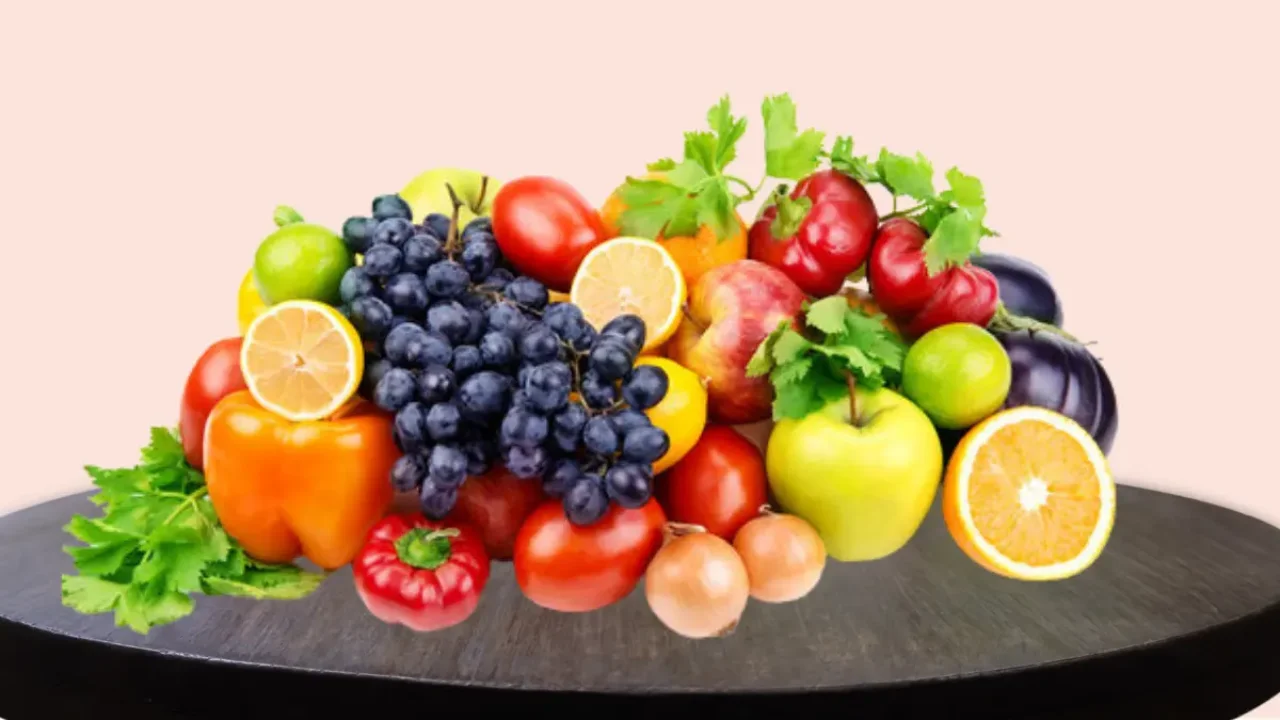
Eat Seasonal Fruits And Vegetable
Each food has a growing cycle. Once a plant reaches its peak growth, or maturity, it’s harvested. Plants that are harvested for food are typically at their best at this time, offering maximum flavor and nutrition.
If you think about it, it’s not unlike how our ancestors would’ve eaten. They used land to grow or forage what they needed, harvested the plants at just the right time, and then enjoyed or preserved what they harvested.
Eating seasonally today is more than just about flavor and nutrition. It’s also about sustainability and doing what’s best to conserve and preserve our natural resources.
The health benefits and other potential positive effects of sustainability are driving the increased popularity of seasonal eating.
We can expect much more in the way of education and promotion as we continue to find ways to deal with climate change and pollution and work to create a more sustainable way of life.
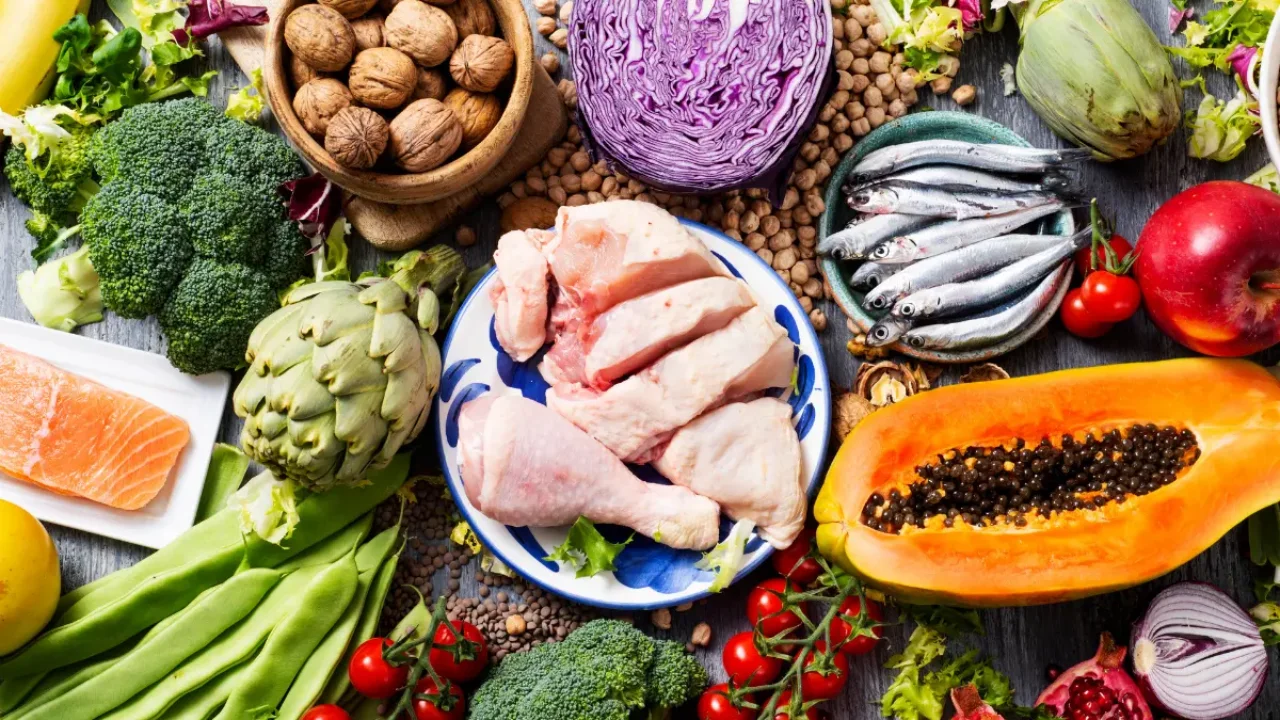
Unprocessed Food
Unprocessed foods include the natural edible food parts of plants and animals. Minimally processed foods have been slightly altered so they can be more easily stored, prepared, and eaten; this processing level does not substantially change the nutritional content of the food. Examples include cleaning and removing inedible or unwanted parts, grinding, refrigeration, pasteurization, fermentation, freezing, and vacuum-packaging. This allows the food to be preserved for more time and remain safe to eat. Many fresh fruits, vegetables, whole grains, nuts, meats, plain yogurt with no added sugar or artificial sweeteners, fresh and dried pasta, tea, coffee, and milk fall into this category.
Lean Protein In Diet
Incorporating lean protein into your diet is an excellent way to support muscle growth, maintain a healthy weight, and promote overall health. Lean protein sources are generally lower in saturated fat and calories compared to their higher-fat counterparts. Here are some great options and tips for including lean protein in your diet.
Health Benefits of Lean Protein
Muscle Maintenance:
Essential for muscle repair and growth, particularly important if you are active.
Weight Management:
Helps you feel full longer, which can aid in weight loss or maintenance.
Nutrient-Rich:
Provides essential vitamins and minerals, including B vitamins, iron, and zinc.
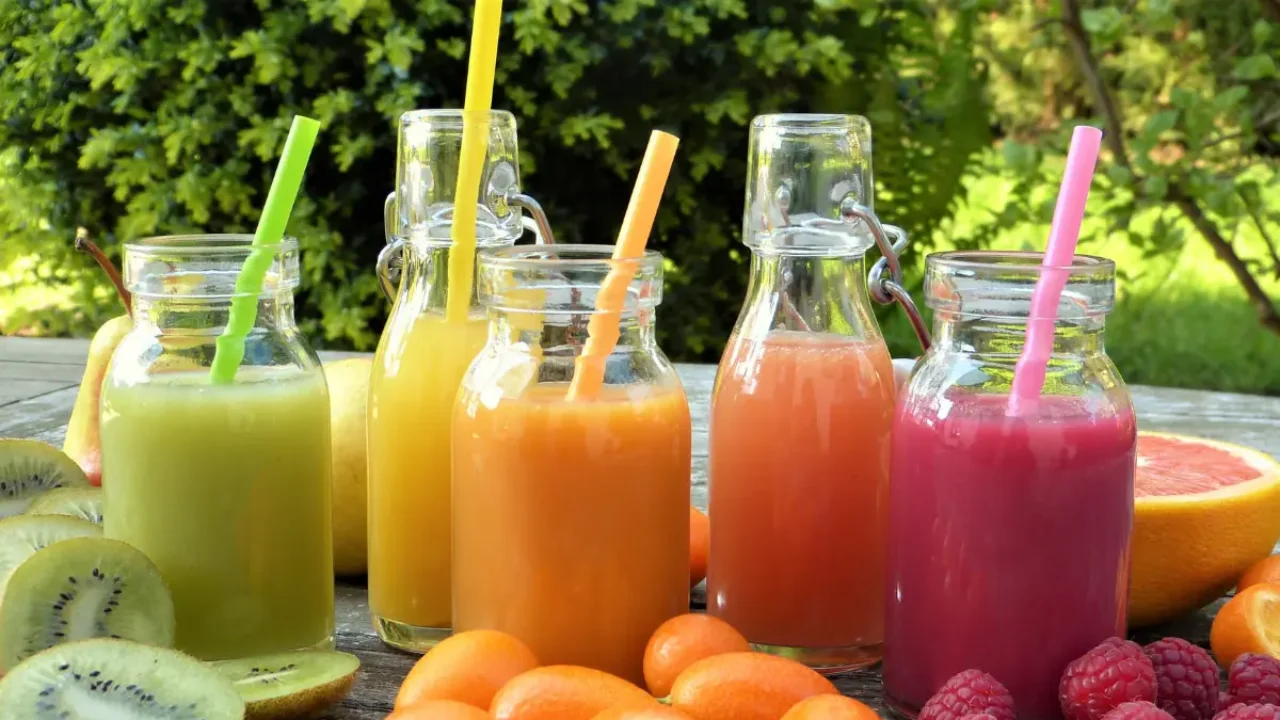
Have Non-Caffeinated
Non-caffeinated” means not containing caffeine, or having had the caffeine removed. The term “decaffeinated” is often used to describe coffee or tea that has had some or all of its caffeine removed.
“Decaf” is another term that can be used as an adjective to describe something that has had some or all of its caffeine removed. It can also be used as a noun to refer to coffee or tea that has had caffeine removed. For example, you might order a “decaf” coffee or tea.
Decaf coffee and tea may still contain small amounts of caffeine. In some cases, decaf coffees can contain as much caffeine as a can of soda.
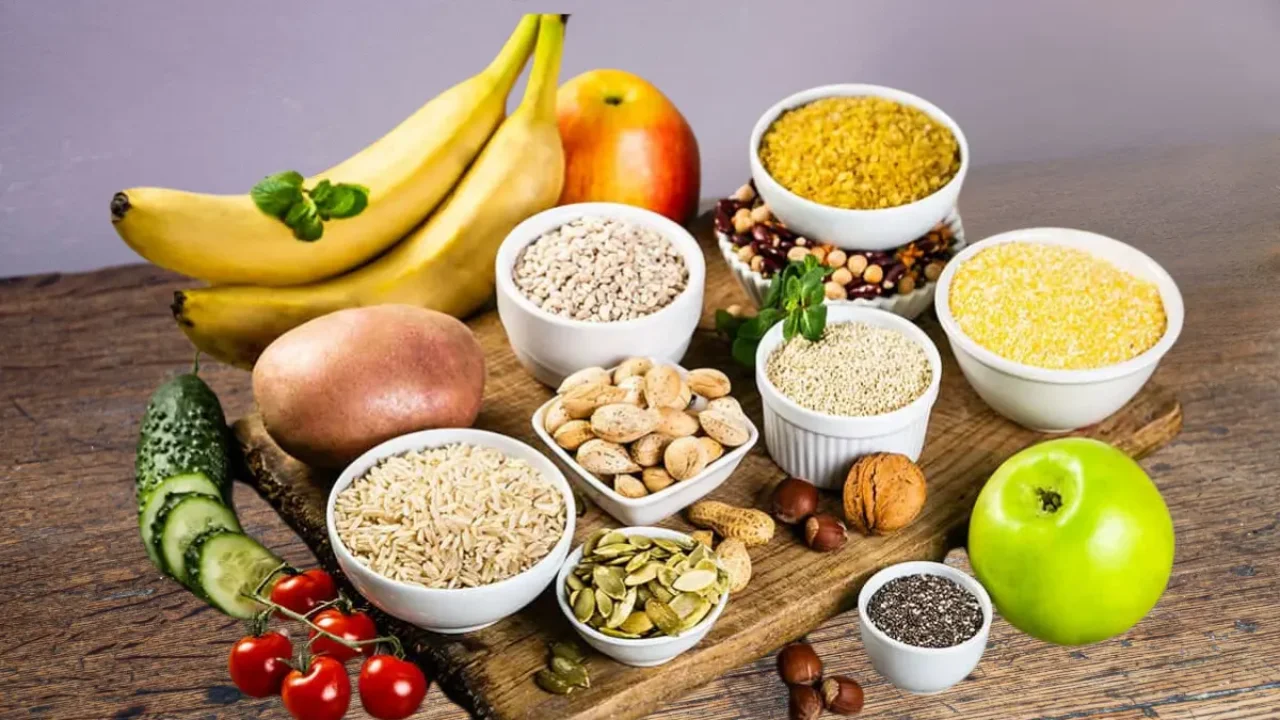
Grain And Carbs To Boost Carbohydrate
High carb grains
Grains and pseudograins, the seeds of broadleaf plants, are great sources of carbohydrates. Whole-grain varieties provide protein and fiber and offer plenty of additional healthful benefits.
Grains are versatile and can form the main part of many meals. Rather than eating white rice and white bread, people can incorporate the following healthful high carb grains into their diet.
Quinoa
Quinoa is a nutritious pseudograin. It tastes similar to other types of grain, and people can prepare and eat it similarly.
One cup of cooked quinoa contains 39.4 g of carbohydratesTrusted Source, 8.14 g of protein, and only 1.61 g of sugar.
Quinoa is also rich in minerals, including magnesium, potassium, and phosphorus.
Brown rice
Brown rice is a common side dish and a healthful alternative to white rice. One cup of cooked brown rice has 45.8 g of carbohydratesTrusted Source.
This grain is also rich in antioxidantsTrusted Source.
Oats
Oats are versatile whole grains. Different varieties are available, including rolled, steel-cut, and quick oats.
A cup of uncooked oats provides 103 g of carbohydratesTrusted Source, 26.4 g of protein and 16.5 g of fiber.
Nutrients in oats can help promote heart health. Research has shown that oat fiber can reduce the riskTrusted Source of cardiovascular events in patients with coronary artery disease.
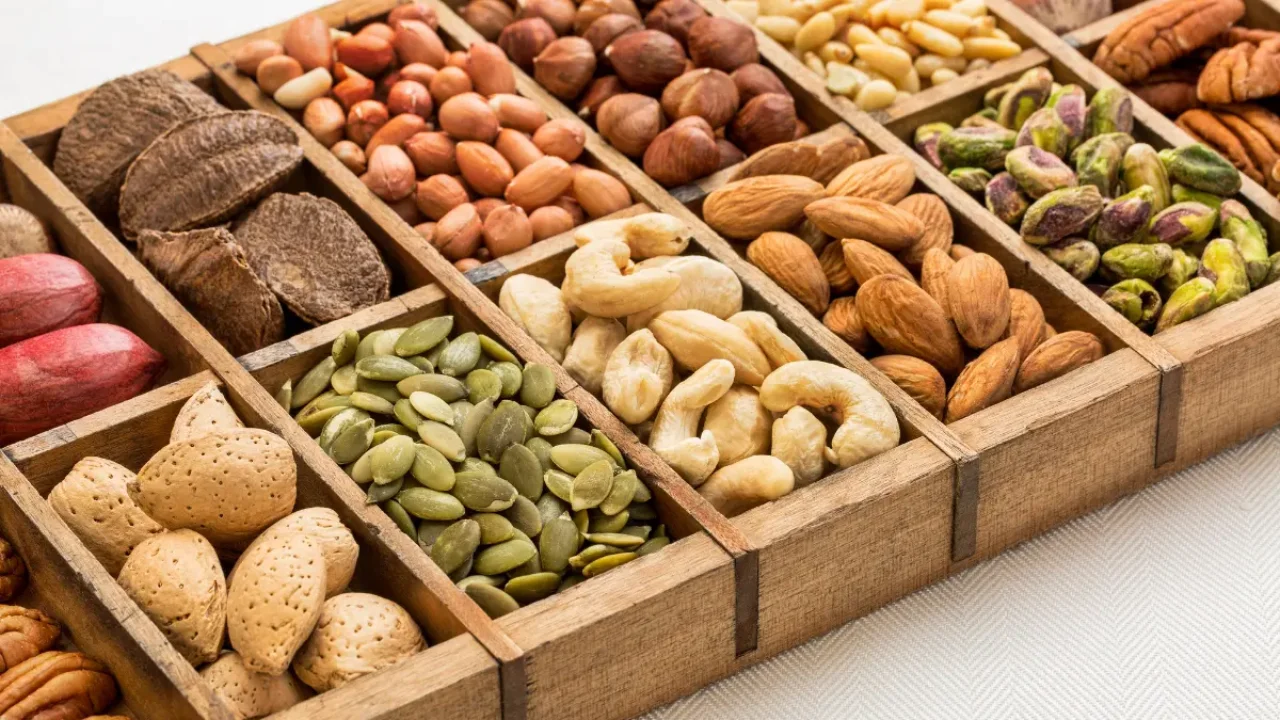
Eat Seeds And Nuts For Instant Energy
Nuts and seeds are good sources of protein, healthy fats, fibres, vitamins and minerals.
Nuts and seeds regulate body weight as their fats are not fully absorbed and they regulate food intake.
Nuts and seeds contain unsaturated fats and other nutrients that provide protective effects against heart disease and diabetes.
The Australian Dietary Guidelines recommend a nut intake of 30 grams on most days of the week as part of a healthy diet for adults.


